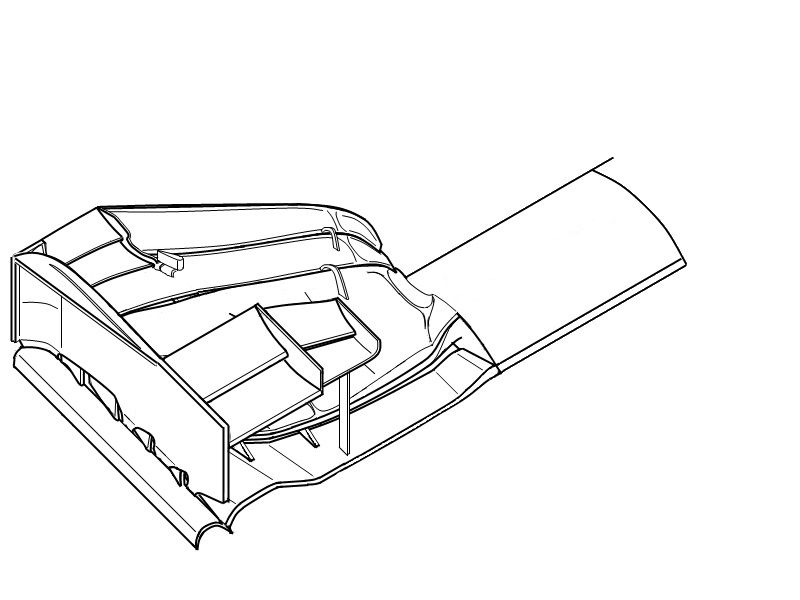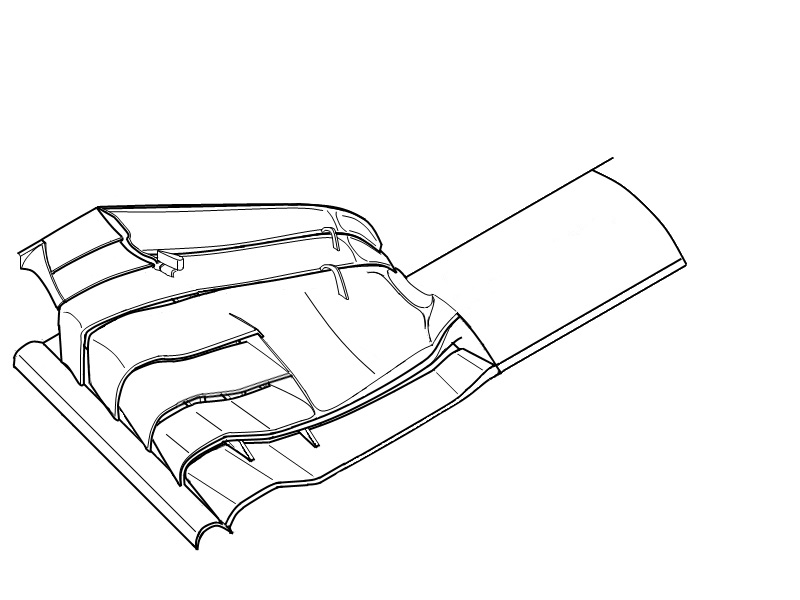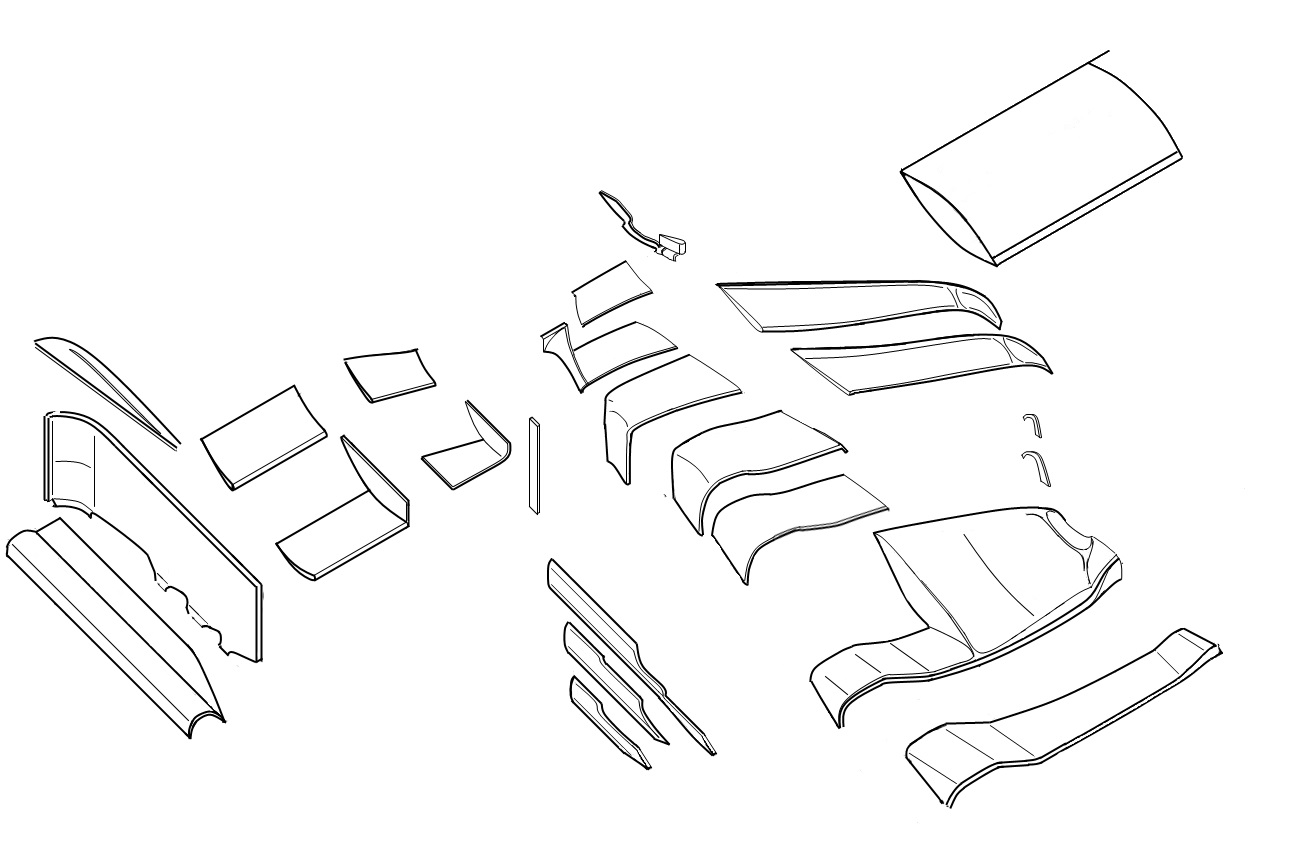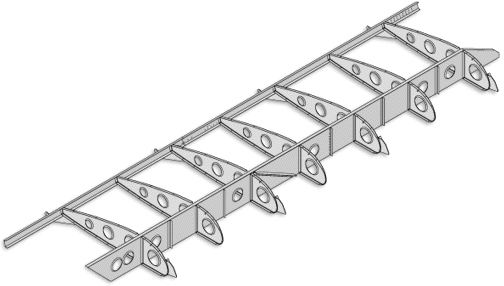Oh my, this is where my drawings are exactly perfect for.
To answer your questions: let's take the Marussia front wing:

The first thing you should note, is the little piece on of the upper flaps:

This is a position where a mechanic would place his tool to adjust the flap angle of the upper flap.. It's connected through a screw to 2 plates. by screwing clockwise or counter clockwise, one plate will rotate up or down adjacent of the other plate.
Note that the upperflaps are actually divided into 2 specific regions: one outboard of the flap adjuster, and one inboard of the flap adjuster. The outboard region remains static and cannot have its angle adjusted. The reason why is that area is critical for the wheel wake, with its positions and shape optimized to tackle the issues as best as possible. Adjusting the angle in that area would move it outside that optimal position. The inboard region is not in front of the tyre, and thus has no or minimal effect on the wheel wake, making it adjustable.
Note that Marussia can only adjust the uppermost flap. Most teams have the mechanism adjusting the 2 uppermost flaps (together, not independantly).
To answer your question about structural support: the endplate usually does not provide critical support to the whole wing. Meaning that if it was to be knocked off and the rest of the wing does not receive damage, the rest of the wing will not break down (However, you'll probably not get through the flex tests), with the exception of the cascades, which do lean on the endplate for structural support. It will look like this:

So what does support the main wing? Let's dissassemble our Marussia wing:

There are 2 things you have to take notice of:
-The arched pieces provide support to the upper elements. This is more to give it some rigidity then to keep it the flap from ripping off. Still, in case of when the endplate breaks off, they can become important to keep it together.
-The 3 "stalks", longitudal pieces however are much important. They are what we call the underbody strakes and are as the name suggest, positioned underneath the wing. When you compare them with the other illustrations, you'll notice 2 stick out in front on top of the first element of the wing. Its shape then sticks to the undersides of the 2d, 3d and 4th outboard elements, providing critical support.
All the rest of the support is down to carbon layering.






